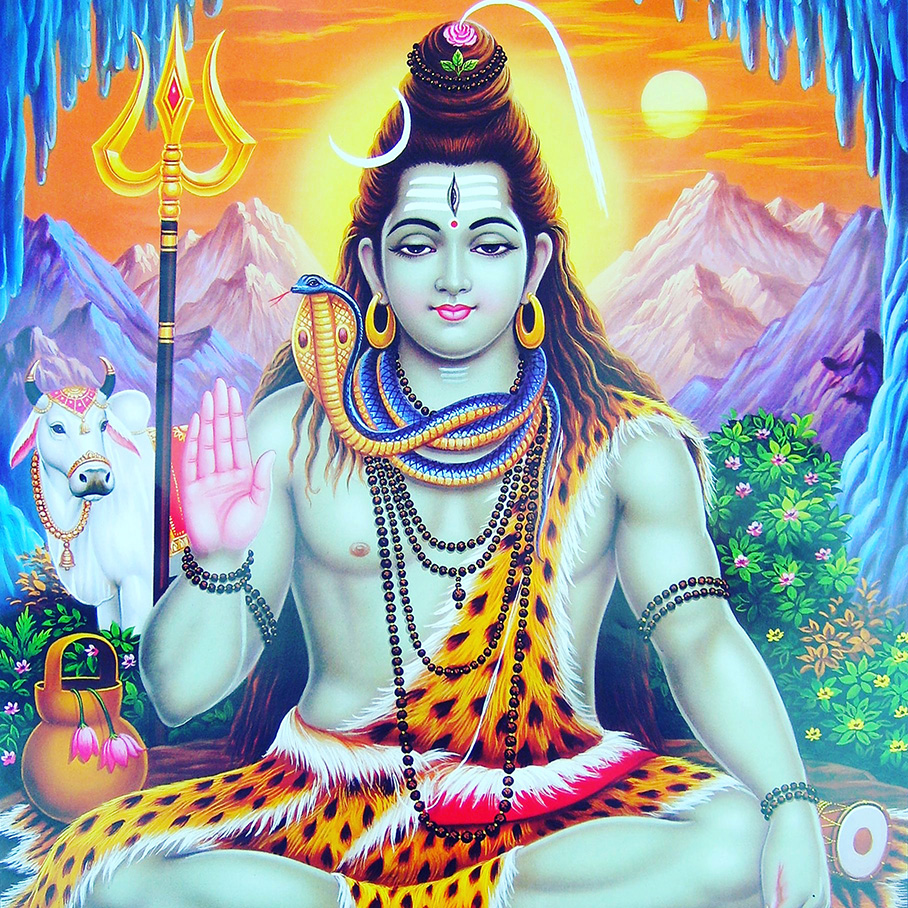Meditation
Meditation is a practice in which an individual uses a technique to train attention and awareness and detach from reflexive, "discursive thinking," achieving a mentally clear and emotionally calm and stable state, while not judging the meditation process itself.
Etymology
The English meditation is derived from Old French meditacioun, in turn from Latin meditatio from a verb meditari, meaning "to think, contemplate, devise, ponder."
In the Catholic tradition, the use of the term meditatio as part of a formal, stepwise process of meditation goes back to at least the 12th-century monk Guigo II, before which the Greek word theoria was used for the same purpose.
Classifications
In the West, meditation techniques have often been classified in two broad categories, which in actual practice are often combined:
- Focused (concentrative) meditation
- Open monitoring (mindfulness) meditation
Focused methods include paying attention to the breath, to an idea or feeling (such as loving-kindness), to a kōan, or to a mantra (such as in transcendental meditation), and single point meditation. Open monitoring methods include mindfulness, shikantaza and other awareness states.
Origins
The history of meditation is intimately bound up with the religious context within which it was practiced. Rossano suggested that the emergence of the capacity for focused attention, an element of many methods of meditation, may have contributed to the latest phases of human biological evolution. Some of the earliest references to meditation, as well as proto-Samkhya, are found in the Upanishads of India.
Postures
Meditative postures are the body positions or asanas, usually sitting but also sometimes standing or reclining, used to facilitate meditation. Best known in the Buddhist and Hindu traditions are the lotus and kneeling positions; other options include sitting on a chair, with the spine upright.
Meditation is sometimes practiced while walking, doing simple repetitive tasks, or work which encourages mindfulness.
Sitting
Sitting positions, often cross-legged, provide a stable base for meditation, and have been used for the purpose in Buddhism and Hinduism for many centuries. These include:
- Padmasana (full lotus)
- Ardha Padmasana (half lotus)
- Siddhasana or Muktasana (knees on the ground and the feet tucked in close to the body)
- Sukhasana (any easy cross-legged position)
Standing
Kayotsarga is a yogic posture which is an important part of the Jain meditation. It literally means "dismissing the body." The 24 tirthankaras are represented either seated in yoga posture or standing in the kayotsarga posture. Kayotsarga means "to give up one's physical comfort and body movements," thus staying steady, either in a standing or other posture, and concentrating upon the true nature of the soul.
Twenty-one of the tīrthankaras of Jainism are said to have attained moksha in the kayotsarga “standing meditation” posture. During his time studying with Jain monks, the Buddha was said to be able to stand in one position without moving for hours.
Techniques
The Transcendental Meditation technique recommends practice of 20 minutes twice per day. Some techniques suggest less time, especially when starting meditation.
Some religions have traditions of using prayer beads as tools in devotional meditation.
The Buddhist literature has many stories of enlightenment being attained through disciples being struck by their masters. According to T. Griffith Foulk, the "encouragement stick" was an integral part of the Zen practice.
Guided meditation is a form of meditation which uses a number of different techniques to achieve or enhance the meditative state. It may simply be meditation done under the guidance of a trained practitioner or teacher, or it may be through the use of imagery, music, and other techniques.
Psychedelics
Studies suggest the potential of psychedelics, such as psilocybin and DMT, to enhance meditative training.
Effects
Meditation has numerous health benefits, including: lowers heart rate, oxygen consumption, breathing frequency, stress hormones, lactate levels, and sympathetic nervous system activity (associated with the fight-or-flight response), along with a modest decline in blood pressure.
Studies demonstrate that meditation also has a moderate effect to reduce pain.
A 2014 review found that practice of mindfulness meditation for two to six months by people undergoing long-term psychiatric or medical therapy could produce moderate improvements in pain management, anxiety, depression.
Adverse effects
Meditation may induce "challenging" and "unwanted" experiences, and adverse effects to physical and mental health. The most common adverse effects are in people with a history of anxiety and depression. Other adverse psychological symptoms may include narcissistic, sociopathic behaviour and depersonalization or altered sense of self or the world, distorted emotions or thoughts, a mild form of psychosis including auditory and visual hallucinations.


